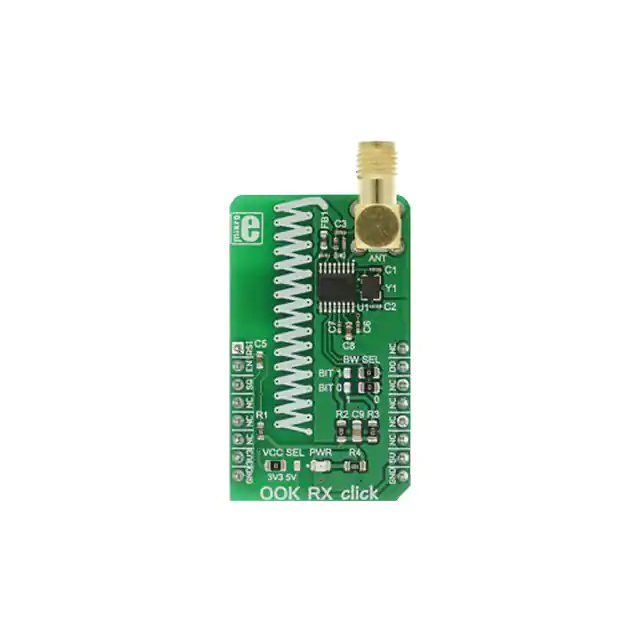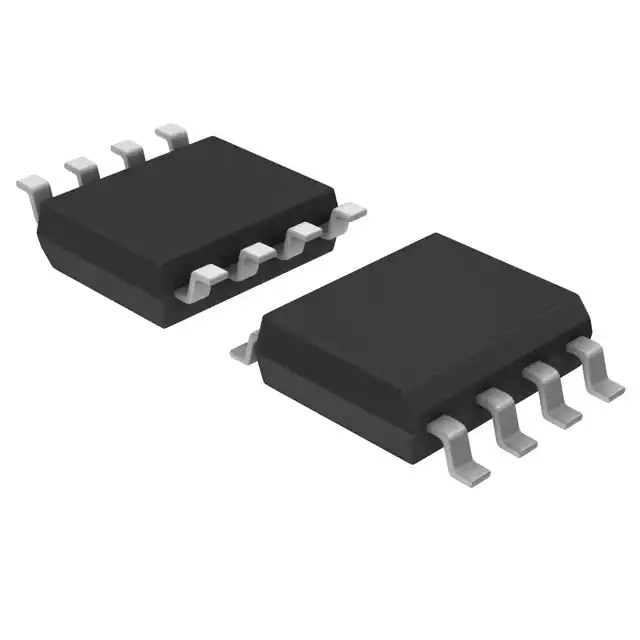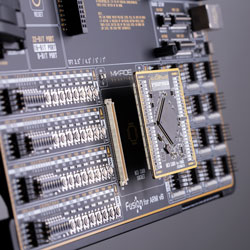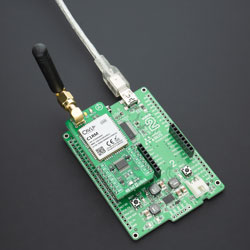
MikroElektronika's MIKROE-2902 OOK (on-off Keying)RX/TC Click is a wireless receiver operating at 433 MHz (sub-GHz). The device allows a simple low-speed wireless self-organizing communication network between a receiver and a compatible transmitter. It features an ASK(amplitude shift keening)/OOK demodulator, analog received signal strength indicator (RSSI) output, and integrated suppression capabilities

The MikroElektronika MIKROE-947 RTC click is a fitting board in the mikroBus form factor. This board features NXP's NXP PCF8583 series RTC. It is a low power, fully binary coded decimal (BCD) clock/calendar. The PCF8583 is a clock and calendar chip based on 2048-bit static CMOS1 RAM, organized as 256-word 8-bits

MikroElektronika has released SiBRAIN, a standard for add-on development boards that make it easy to install and swap MCUS on development boards equipped with SiBRAIN sockets. The card can support MCUS from major manufacturers such as Microchip, STMicroelectronics, NXP and Texas Instruments, with others coming soon. The device uses the same plug-and-play concept that underpins the company's Click Board line of products. Each card is equipped with 2 high-speed 168-pin mezz ports (1 male, 1 female), using the standard SiBRAIN socket pin output

MikroElektronika has released NB IoT 4 Click, a compact add-on board for IoT applications such as smart metering, security and asset tracking, smart wearables, home appliances, environmental monitoring and more. This module is designed specifically for countries with less than 100% NB-iot coverage, making it possible to deploy LPWAN using 2G and then switch to NB-iot when the network is ready